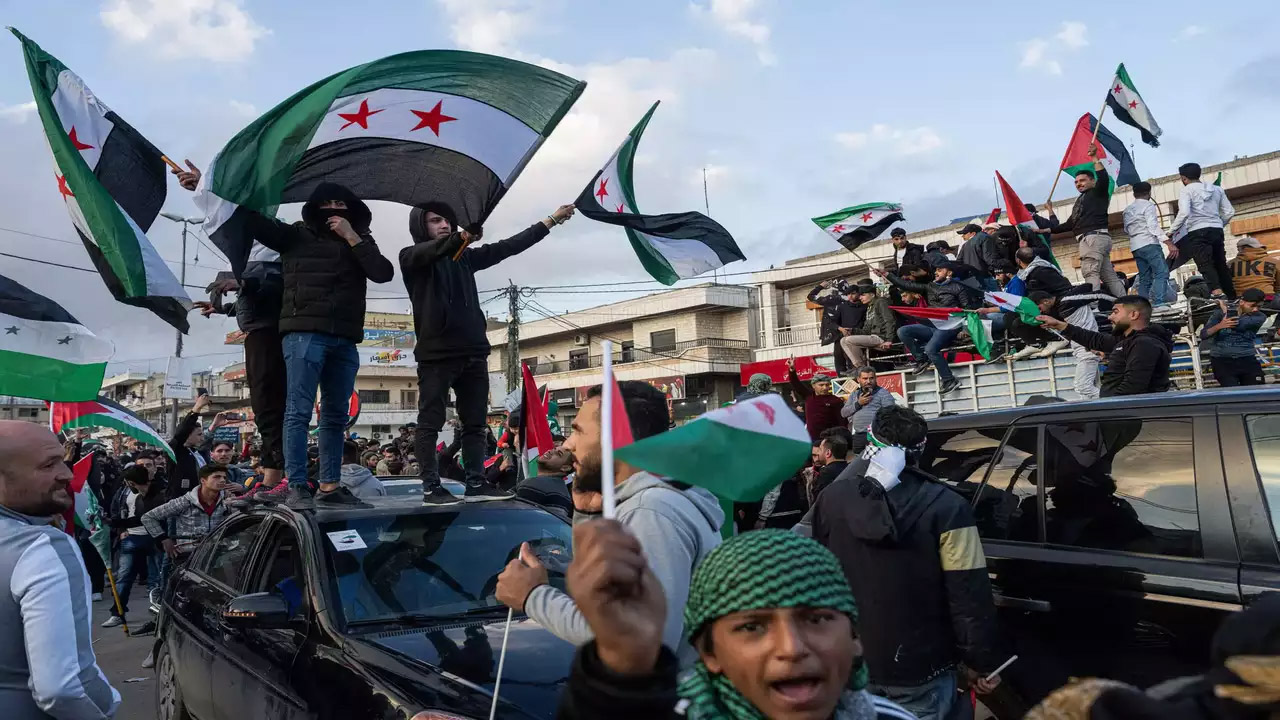By Matein Khalid
The late summer and autumn of 2024 might be remembered as a pivotal moment for the Middle East, akin to the fall of the Berlin Wall, as the downfall of the Assad regime leads to significant geopolitical repercussions across the region. Iran’s loss of its land corridor to supply its proxy militia Hezbollah, which has been significantly weakened by the IDF in Lebanon, marks a crucial shift. Baathist Syria has traditionally been Iran’s oldest ally in the Arab landscape, a partnership established by Hafez al-Assad with Ayatollah Khomeini, born out of a need to overcome diplomatic isolation after Anwar Sadat’s Camp David Accords with Israel and the aggression from Saddam Hussein during the 1980 war against Iran.
With a Sunni majority of 70%, Syria seems to be reverting to a historical phase as a de facto Turkish province, although the HTS militia claims to protect minority groups including Alawites, Druze, Kurds, Christians, and Ismailis from persecution. Given that HTS is headed by a former Al Qaeda emir, Abu Mohammad Al Jolani, and is recognized as a terrorist organization by the US, EU, and UN, envisioning Syria as a secular, liberal democracy upholding the rights of women and political dissidents appears overly optimistic. HTS’s conduct in Idlib has been marred by confirmed accounts of torture, arbitrary detentions, and summary executions, although the scale of violence is not comparable to the atrocities committed under Assad’s rule.
It raises questions about the silence of Ivy League human rights advocates, especially since Assad has reportedly slaughtered 600,000 individuals during the Syrian civil war and created a staggering 12 million refugees from a population of 24 million.
Undoubtedly, Iran stands as the primary loser in the geopolitical skirmishes of the Levant, with Russia also in decline due to its inability to sustain a long-term ally in the region since the Brezhnev era in the early 1970s.
The principal beneficiary of these recent developments appears to be President Erdogan, who has emerged as the new power broker in Syria, supplanting Iranian influence. This situation presents a precarious future for the Syrian Kurds, who now face a heightened threat from Turkey’s resurging influence.
Russia may foresee the loss of its naval bases in Tartus and Latakia, thus relinquishing the last remnants of the Tsarist ambition for a Mediterranean warm-water port. Iran’s influence across the Arab world is diminishing as its proxy militias dissolve, exposing the mullah regime to increased domestic challenges amid its crumbling political legitimacy. Meanwhile, Israel is poised to expand its strategic buffer zone beyond Mount Hermon, an area of great significance beyond the occupied Golan Heights.
Ultimately, Syria’s fate hinges not only on the dynamics between its various rebel factions and ethnic-religious groups but also on the intricate calculations of realpolitik involving Israel, Turkey, the US, Russia, Iran, Saudi Arabia, Iraq, Jordan, and Qatar.
The echoes of the Ottoman Empire’s demise and the unresolved legacies of Sir Mark Sykes and François Georges-Picot continue to resonate in Syria, a territory once entrusted to France as a League of Nations mandate over a century ago. The relentless Great Game in Bilad-al-Sham perseveres! (IPA Service)
By arrangement with the Arabian Post


Leave a Reply